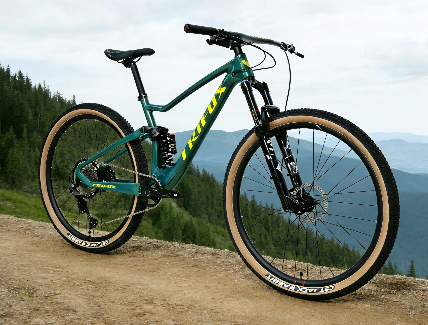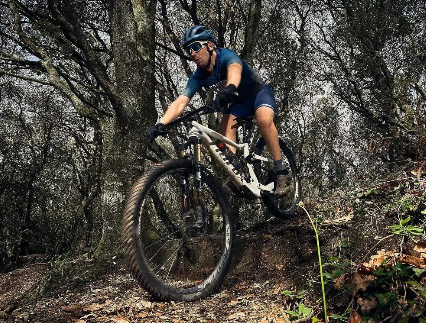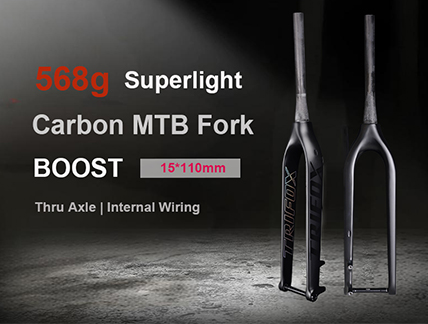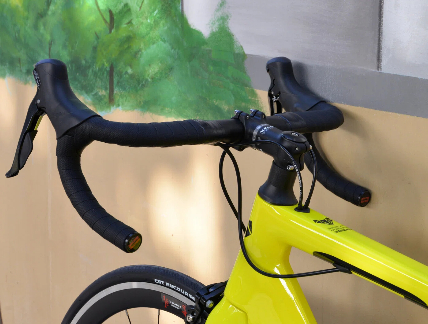Riding a bicycle often encounters headwinds. The wind greatly hinders riding. So how to save effort when riding a bicycle against the wind? What are the techniques for riding a bicycle when headwind or uphill?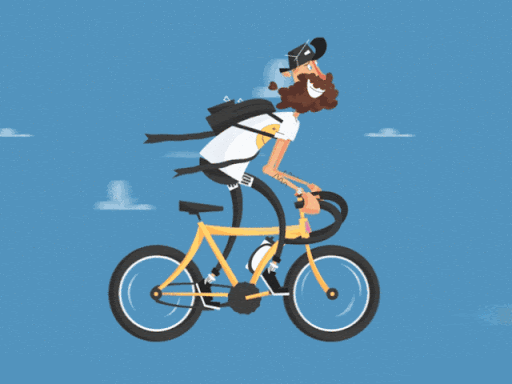
When cycling on slopes and upwind:
What to do if you encounter uphill and headwinds? Our experience is that we should first ride the bike at our original strength and rest several times when we are tired. Do not rest too long each time, just 5-10 minutes.
When it is difficult to climb on a steep slope, you can walk along the zigzag line to reduce the slope. Sometimes I can't ride on a steep slope or even the car will back down.
Don't be afraid at this time. People on variable-speed bikes can lower the speed and move up slowly. Riders don't have to worry. My experience is to lift the handlebar with both hands so that the legs can be pushed down more forcefully. Move your body's center of gravity forward, and move your feet forward from the pedals. Use the part near your heels to touch the pedals, which makes it easier to exert force. Then press your thighs and calves to pedal directly through the roots of your feet.
In this way, with the help of bodyweight and thighs, the force can be directly transmitted to the bicycle pedal through the calf and the root of the foot (using the toes and soles will disperse the force and will also make the soles of the feet fatigue), thereby increasing the pedaling strength, and the bicycle will slowly get on. Po, won't retreat anymore.
Of course, cycling is the most tiring in this situation, and everyone has to do what they can. Pay attention to safety when walking uphill in the "Zigzag" shape. The slope is often the steepest at the transition point. Pay attention to passing vehicles. When riding on steep slopes, you should get off the bike and rest for a while before getting on. The elderly and the weak should get off the bike. Climbing a hill is very tiring and requires people's physical strength and perseverance, but it can make bicycle travel more interesting and aftertaste. Once on the top of the hill, you can have a unique enjoyment.
Cycling is the biggest headache when encountering headwinds. Although it is difficult to go uphill, the next step is to go downhill, which can be relaxing for a while. Sometimes when headwinds are downhill, it is not easy to ride. At this time, you can lower the handlebar, bend your arms and stay under the handlebars, and lower your head to lower your body's center of gravity to reduce wind resistance.
When you lower your head, the field of view is narrowed. Always pay attention to safety, especially when encountering headwinds and headwinds. Be careful and pay attention to passing vehicles, because at this time, whether it is a car coming from the front or behind, especially a large truck, the bicycle will be left and right. Accidents easily occur.
Moreover, at this time, due to heavy physical exertion, people are very tired, and their hands and feet are not usually flexible and easy to accidents. I hope that riders must pay attention to safety. Generally speaking, you can ride with a level 6 headwind, and you should consider taking a rest if you have a level 8 headwind.
When cycling downhill and downwind:
Downhill and downwind are the most comfortable enjoyment in a bicycle trip. At this time, the fatigue of the uphill has already been thrown away. Sometimes it is not necessary to kick a foot, but a few kilometers in a row. However, you must pay special attention to safety when you encounter steep slopes, bends, uneven ground, or the possibility of sudden escaping of vehicles and pedestrians.
At this time, the brake should be tightened from the top of the slope, so as not to be caught off guard, at least the brake should be the underside. When encountering a steep slope, even if the road is wide and flat at first glance, be careful. I have encountered two situations.
1. There may be small rocks on the road, and you can't see them at first. When you see it, it is too late to avoid it. At this time, the speed is very fast and sharp turns are more dangerous.
2. When the bicycle came down the mountain, a crosswind suddenly blew across the mountain. The bicycle was fluttering from side to side at high speed, which was difficult to control. I hope that riders will be alert to this situation. Always check the brake pads. If the brake is defective, adjust or replace the brake pads in time. Don't wait until you fall down to know what you are afraid of. I hope that new riders on the road will not "keep their wisdom after a short period of time".






























































